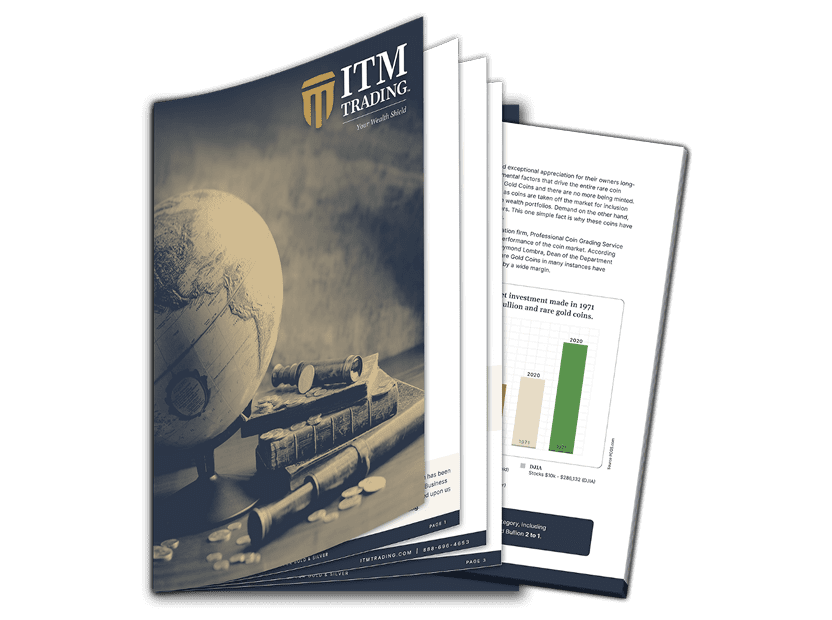Buy Gold Coins: Rare Coins that Survived the Meltdowns

Buy Gold Coins: Rare Coins that Survived the Meltdowns
Gold prices are reported as hitting a record high, this month as it crosses beyond $1,800/ounce. The telegraph has gone ahead to say that as the record high is close on the heels of the debt ceiling crisis, US investors in search of a safe haven are putting in their wealth to buy gold coins.
August 15, 2011 will be the 40th anniversary of what is popularly known as the Nixon-shock. A series of economic steps undertaken by President Nixon to cease the convertibility of gold into the US dollar are called by this name. This was done to curb inflation and boost the balance of payments. Throughout history, gold has been used to control economic conditions such as the two gold coin meltdowns.
The US Gold Coin Meltdowns
The US Mint began issuing gold coins in 1795. Gold coins of denominations $1 to $50 were issued from the mints in Philadelphia, Denver, New Orleans, Carson City and San Francisco. These coins at the time were issued as currency.
Only one percent of such coins survived the two major gold coin meltdowns in 1834 and 1933. Because they are so rare, they are highly valued. Other features for these gold coins are their minting date, rarity, numismatic appeal and state of preservation.
Rare gold coins, minted by the US that have survived the meltdowns have become popular collector’s items. Twice in the history of the United States, gold coins have been melted down by the government to eliminate discrepancy on gold content vs face value, curb hoarding and avoid monetary crisis situations.
Gold Coin Meltdown of 1834
US gold coins minted during 1795-1834 are very rare as nearly all of them were melted in the first government gold coin meltdown. This includes the Quarter Eagles, Half Eagles and the Eagles that have denominations of $2.50, $5 and $10 each. As the intrinsic value of the gold coins minted during the era was much greater than the face value, people had started hoarding and melting gold coins to gain bullion which was worth much more. To combat this, the gold coins minted after 1834 were reduced in diameter and their gold content was also decreased from 91% to 89%. These gold coins were then widely circulated.
Gold Coin Meltdown of 1933
Also known as the Great Gold Confiscation of 1933, this meltdown was undertaken by President Roosevelt. Since he was president in the wake of the Great Depression, he had decided to end the reign of gold coins as legal tender. The gold coins in the Federal Reserve were at their legal minimum, thus, this measure was taken to avoid the impending monetary crisis. 90-95% of all gold coins, except those with numismatic value, held by the public, banks and the US treasury were recalled by the government. Coins in circulation at the time included the Gold Dollar, $3 Gold, the Double Eagle and the $4 gold ‘Stella’ along with the earlier ones. The gold coins were melted and the gold was converted into bars of different weights. Personal gold possession was made illegal after 1933. This is the main reason why gold coins minted before are rare and have immense numismatic value.
Grading Rare Gold Coins
The American Numismatic Association is a non profit organization that strives to educate people and develop their numismatic interests. Professional Coin Grading Service (PCGS) and Numismatic Guarantee Corporation (NGC) grade rare US gold coins on a scale of 1-70, as well as certify and gaurantee their authenticity.














